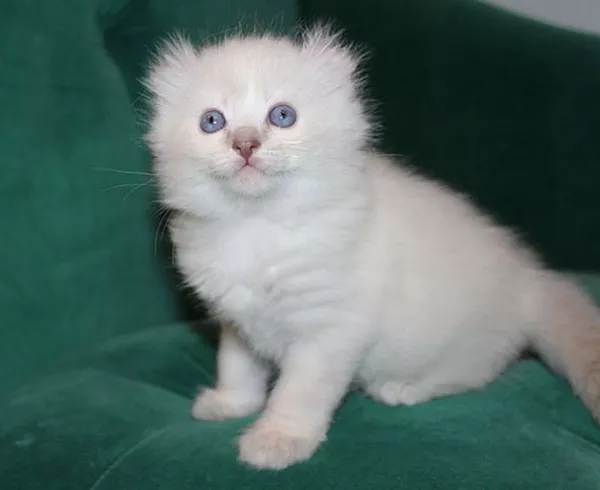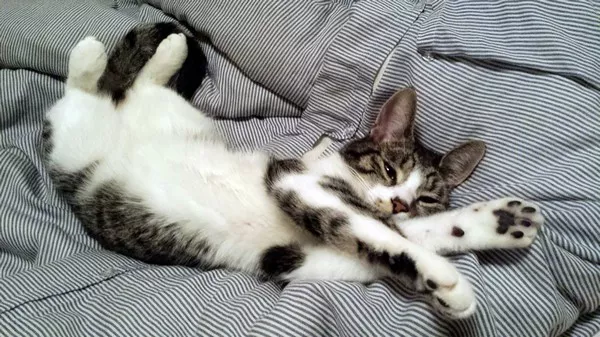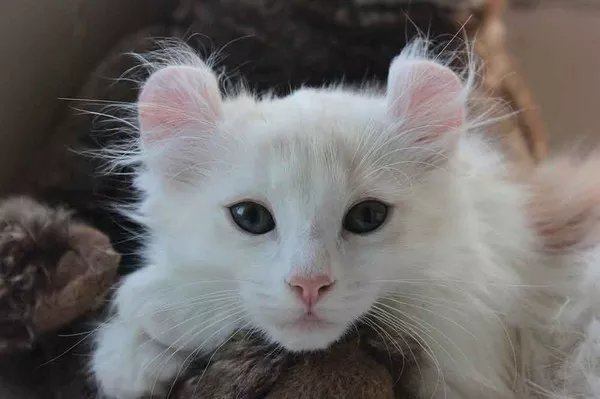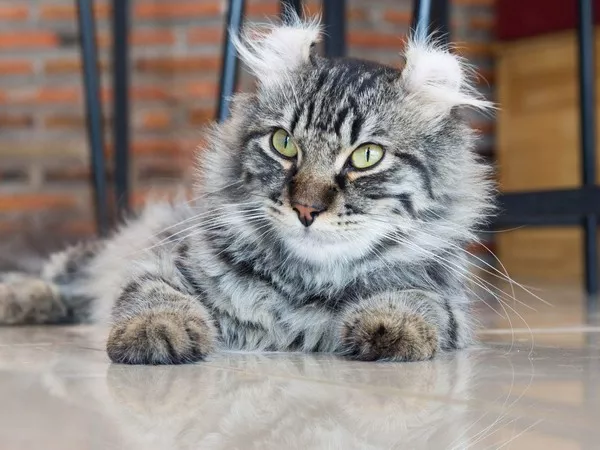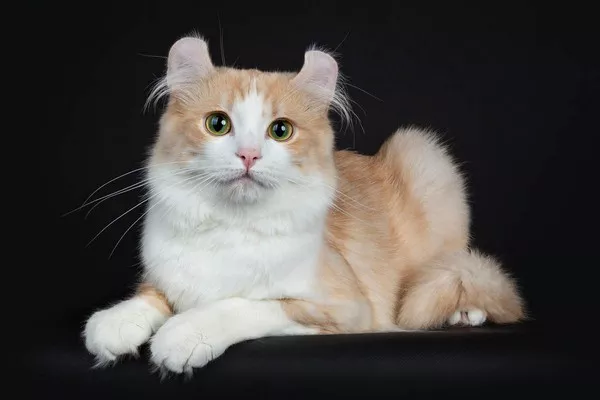American Curls are beloved pets due to their unique curled ears and friendly personalities. They are an active breed that requires high-quality nutrition to maintain their health and wellbeing. When it comes to feeding your American Curl, it is essential to understand their dietary needs to ensure they receive the right balance of nutrients. In this article, we will share everything you need to know about feeding your American Curl.
Understanding Your American Curl’s Nutritional Needs
The first step in ensuring your American Curl is well-fed is to understand their nutritional requirements. Like all cats, American Curls are obligate carnivores, which means they require a diet rich in animal protein to support their physical needs. In addition to protein, they also require other nutrients such as fats, vitamins, minerals, and fiber to maintain their overall health.
When selecting cat food for your American Curl, it is important to choose high-quality, commercial cat food that meets the standards set by the Association of American Feed Control Officials (AAFCO). AAFCO sets guidelines for the minimum and maximum levels of essential nutrients required for healthy cats.
Types of Cat Food
There are three main types of cat food available on the market: dry kibble, canned wet food, and raw food. Each type has its benefits and drawbacks, and the choice ultimately depends on your cat’s preferences and your lifestyle.
1. Dry Kibble
Dry kibble is the most common type of cat food. It is convenient to store and serve, and some brands may help promote dental health by reducing tartar buildup. However, dry kibble typically contains less water than wet food, which can lead to dehydration if your cat does not drink enough water.
2. Canned Wet Food
Canned wet food contains more moisture than dry kibble, making it a good choice for cats that do not drink a lot of water. It also tends to have a stronger smell and taste, which can be more appealing to picky eaters. However, canned wet food can be more expensive than dry kibble and requires refrigeration after opening.
3. Raw Food
Raw food is becoming increasingly popular as a cat food option. It typically consists of raw meat, organs, and bones or ground meat that has been frozen before serving. Proponents of raw food argue that it is a more natural diet for cats and may provide health benefits such as improved digestion. However, raw food can be more expensive and time-consuming to prepare and carries the risk of bacterial contamination.
Feeding Schedule
In addition to choosing the right type of cat food, it is important to establish a feeding schedule that works for your American Curl. Adult cats generally require two meals per day, but some cats may prefer several smaller meals throughout the day. Your cat’s activity level, age, and overall health should also be taken into consideration when determining their feeding schedule.
Portion Control
Portion control is critical in maintaining your American Curl’s weight and overall health. Overfeeding can lead to obesity and related health issues, while underfeeding can result in malnourishment. The amount of food your cat requires depends on their age, size, activity level, and overall health. You can consult with your veterinarian to determine the appropriate portion size for your American Curl.
Treats
While treats can be a fun way to bond with your cat, they should be given in moderation. Like human snacks, cat treats are often high in calories and can contribute to weight gain if overfed. Treats should not make up more than 10% of your cat’s daily caloric intake.
Food Allergies and Sensitivities
Some American Curls may have food allergies or sensitivities, which can cause digestive issues, skin problems, and other health issues. Common food allergens for cats include beef, chicken, dairy, and fish. If you suspect your cat has a food allergy or sensitivity, talk to your veterinarian about conducting an elimination diet to identify the problematic ingredient.
Conclusion
Feeding your American Curl a balanced, nutritious diet is essential for their overall health and wellbeing. Understanding their nutritional needs, choosing the right type of cat food, establishing a feeding schedule, practicing portion control, and monitoring for food allergies and sensitivities can help ensure your American Curl stays healthy and happy for years to come. Remember to consult with your veterinarian if you have any questions or concerns about your cat’s diet.

